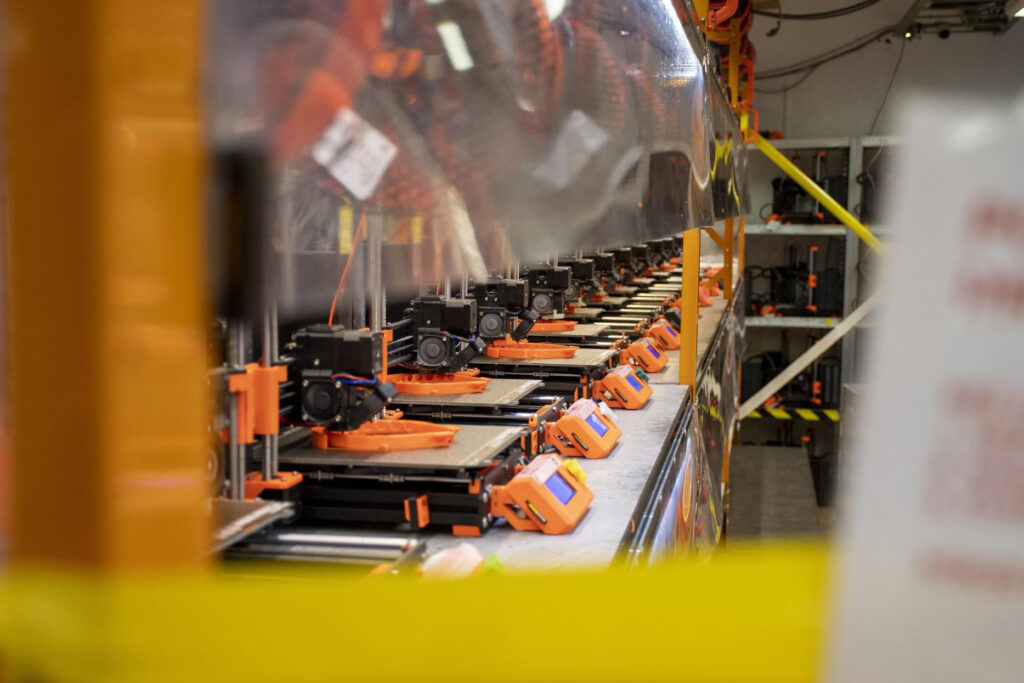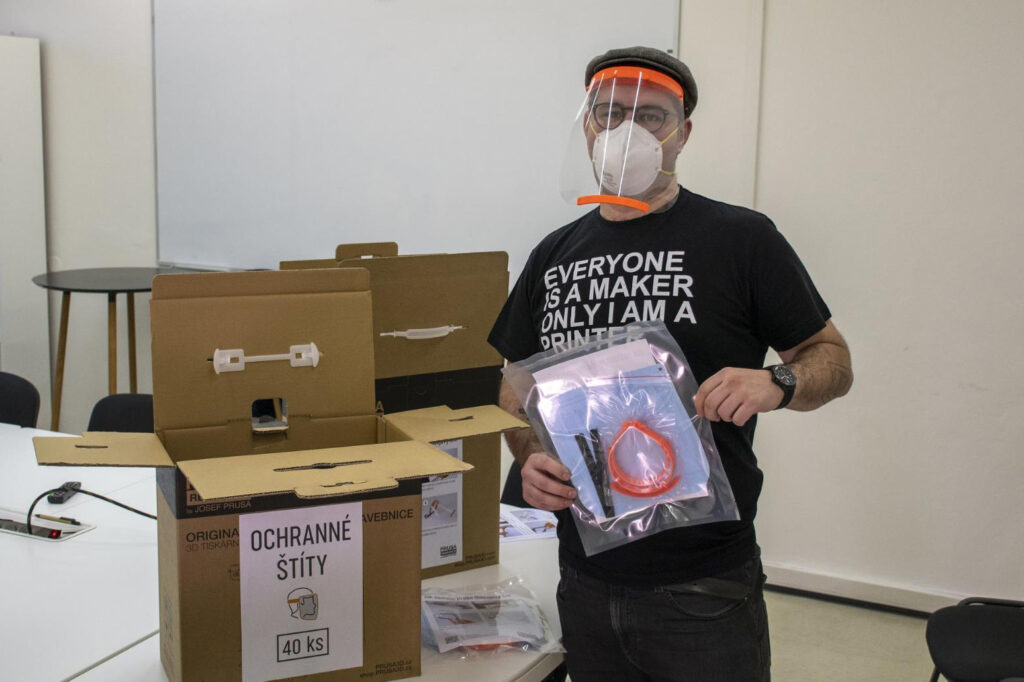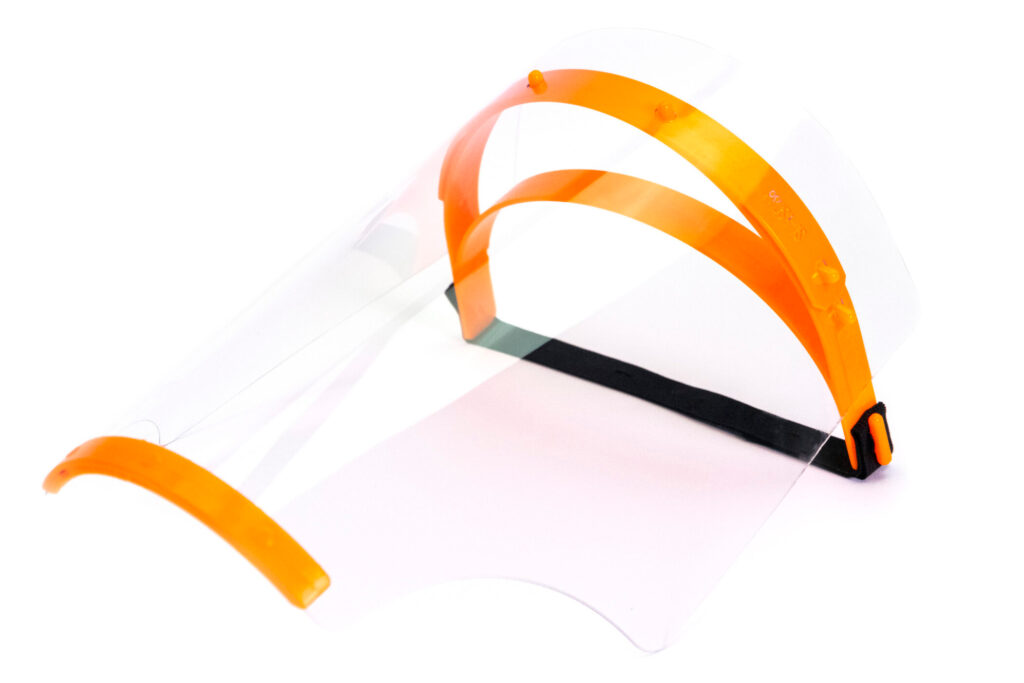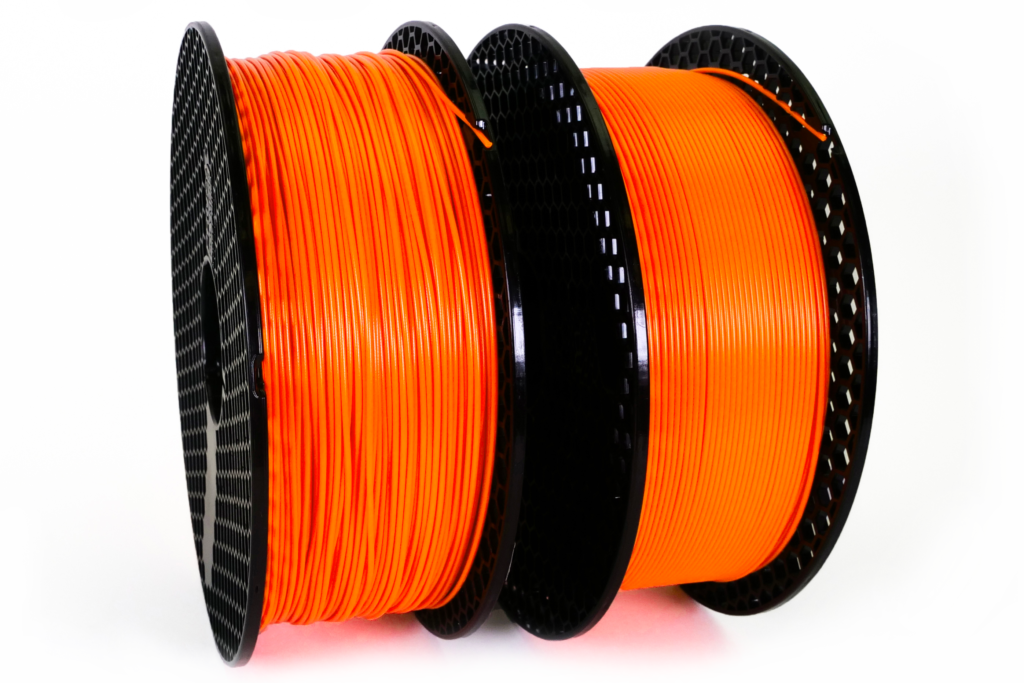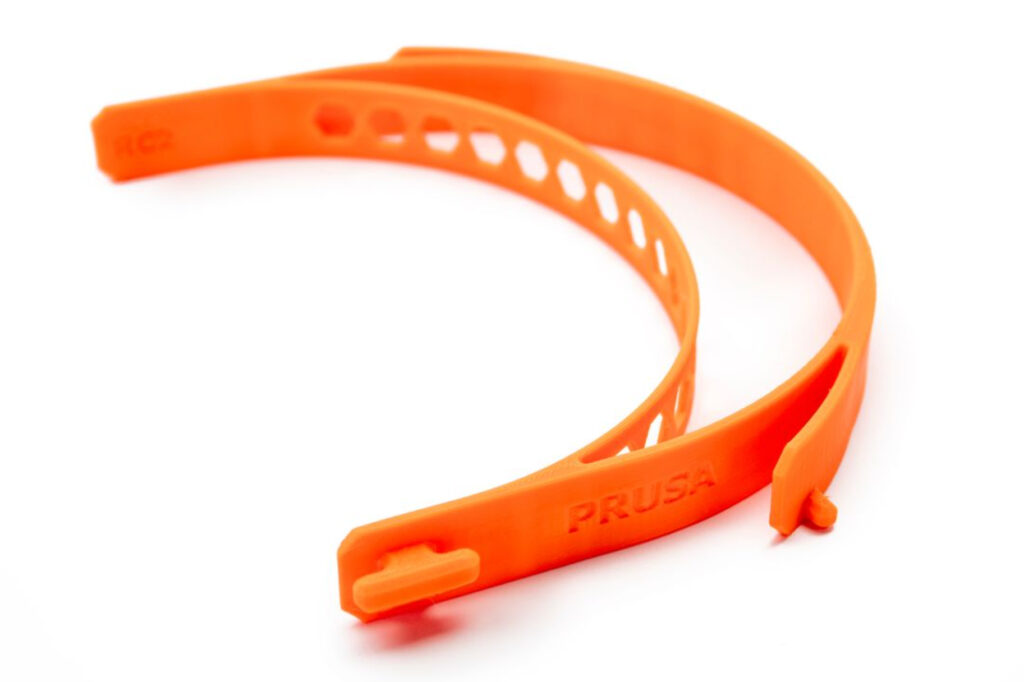Case Study: Prusament is helping fight Covid-19
At the beginning of 2020, the SARS-CoV-2 virus, also known as Covid-19, began to spread around the world. Within a few weeks, a pandemic broke out and the worldwide demand for protective equipment soon resulted in a major problem with their shortage. At Prusa Research, we wanted to use the potential of our company and help in this difficult situation. However, first, we needed to find out which protective equipment we could actually print.
Material:
- Prusament PETG Orange for PPE
3D model:
- parts of 3D printed protective shield
Requirements:
- very tough material that withstands frequent handling
- easy to print
Help from the 3D printer’s community
In a short time, we got hundreds of emails from the amazing 3D printing community, with 3D models of respirators, fans, masks, and other devices. Unfortunately, with 3D printing technology, it is very difficult to meet all the safety criteria for such equipment. The protective face shield prepared by our colleagues proved to be a simple but also fully functional option. We soon began distributing the first version of the shield to hospitals, police, emergency teams, and others.
PRUSA PRO protective shield as certified equipment
We have gradually improved the shields thanks to the feedback from people who used them at work. Eventually, we developed a certified version of the protective shield, which is now available to any customer under the name “Face shield PRUSA PRO”. The Prusa PRO Face Shield is produced both with FDM 3D printing (Prusament PETG) and injection molding. You can read more about the certification here.
During the coronavirus pandemic, face shields became important equipment not only for medical staff or police officers but basically for anyone who comes in contact with a large number of people. Thousands of people and companies around the world have embarked on the production of the design, which we made available for free on PrusaPrinters.org. At Prusa Research alone, we have produced and distributed over 200 000 shields. You can see where these shields have been used in the gallery from hospitals. Or watch our video about the whole project.
Prusament PPE PETG as an alternative
The protective face shield consists of 3D printed parts, a visor, and an elastic band. We have used our Prusament production lines to produce material for 3D printable components and we have started producing more Prusament PETG Prusa Orange spools. In a few days, when the demand for protective shields rapidly increased, it was necessary to accelerate production. In general, the demand for PETG filament was higher than usual. That is why we started the production of a special product Prusament PPE PETG.
PETG material is ideal for printing protective shields due to its material properties. It has good printability and meets all mechanical requirements.
How is Prusament PETG PPE different from classic Prusament PETG?
Prusament PETG Prusa Orange with the PPE (Personal Protective Equipment) designation has the same color as our Prusament PETG Prusa Orange, but is manufactured with an accuracy of ± 0.03 mm and its winding is not as precise as with standard Prusaments. Thanks to faster winding and a larger tolerance, we can produce larger quantities in a shorter time. We also do not register individual spools in our system at prusament.com. Thanks to this, it is faster to produce and more affordable, while still being a high-quality material. Prusament PETG PPE is available on our e-shop and can be ordered by anyone, but it is primarily intended for those who need material for printing protective equipment. However, it is also a great choice for all kinds of DIY projects. Prusament PETG PPE offers a great quality/price ratio.
Advantages of PETG
Why did we choose PETG material for printing the protective shields, for example, instead of the widely used PLA?
PETG material has multiple advantages. First of all, its temperature resistance is higher compared to PLA. PETG can be used in an environment with a higher ambient temperature without deformation or warping. It can withstand temperatures up to 75 °C.
PETG can also be used to print mechanical components – for example, the plastic parts of our Original Prusa i3 MK3S. PETG is tougher than PLA, which is hard but brittle.
Compared to other tough materials, PETG is easier to print and does not require any complicated slicer or printer setup. It has good adhesion to the print sheet and the layers bond very well during printing.
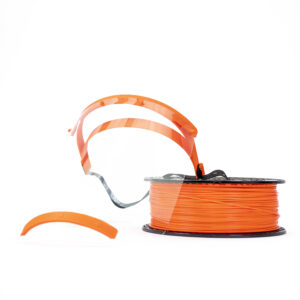
If you are looking for a durable material for your large printing project, Prusament PPE PETG is the ideal choice.
Go to the e-shop.







